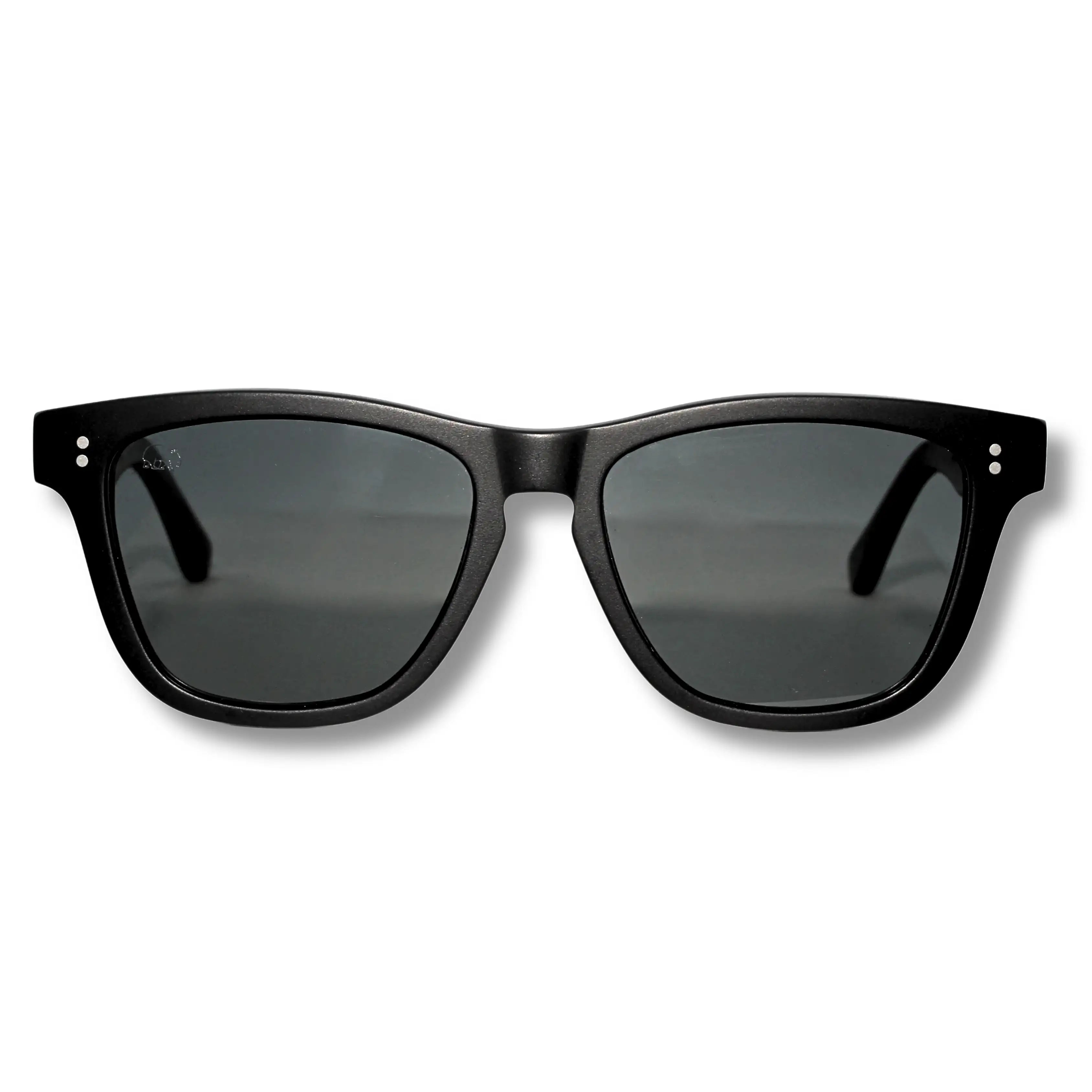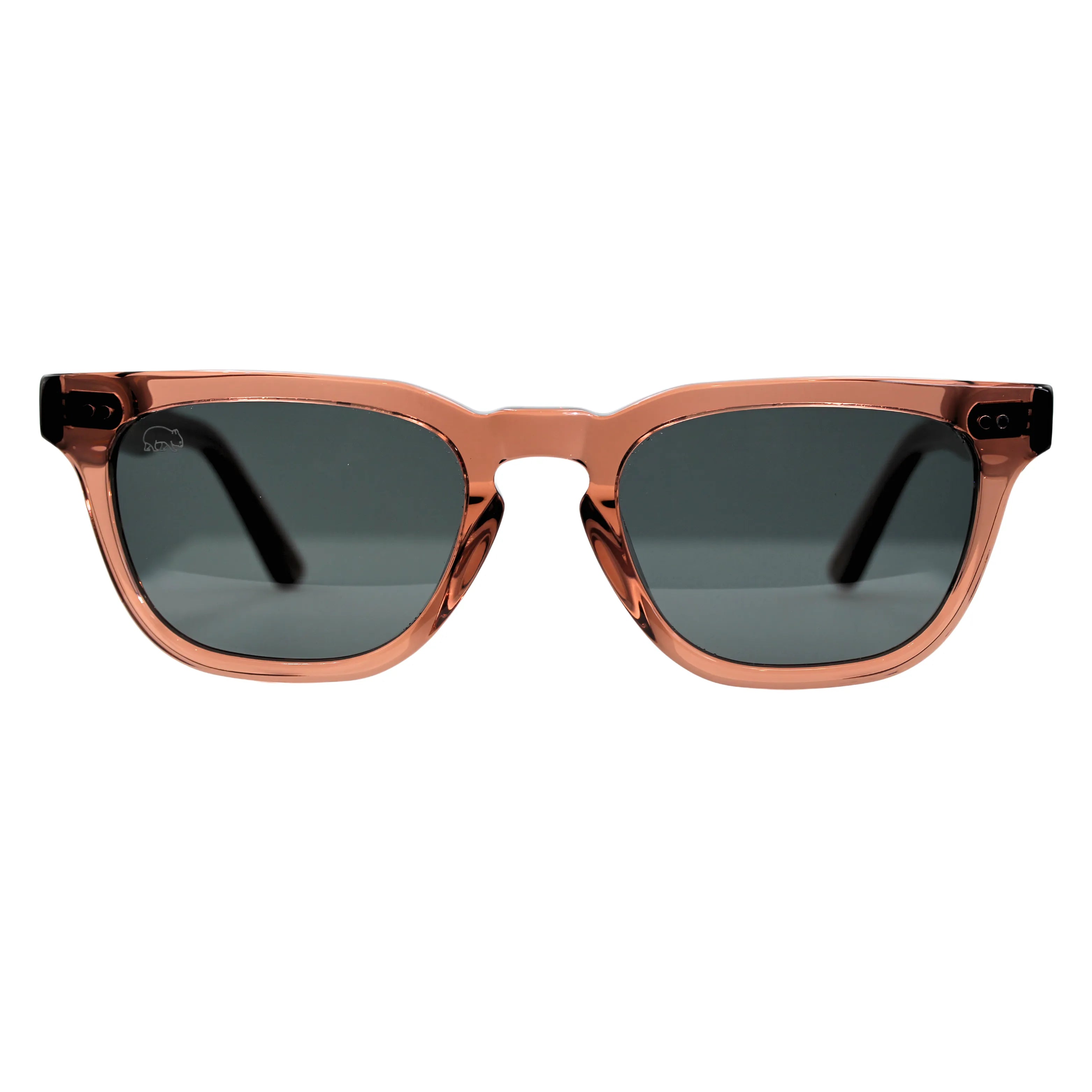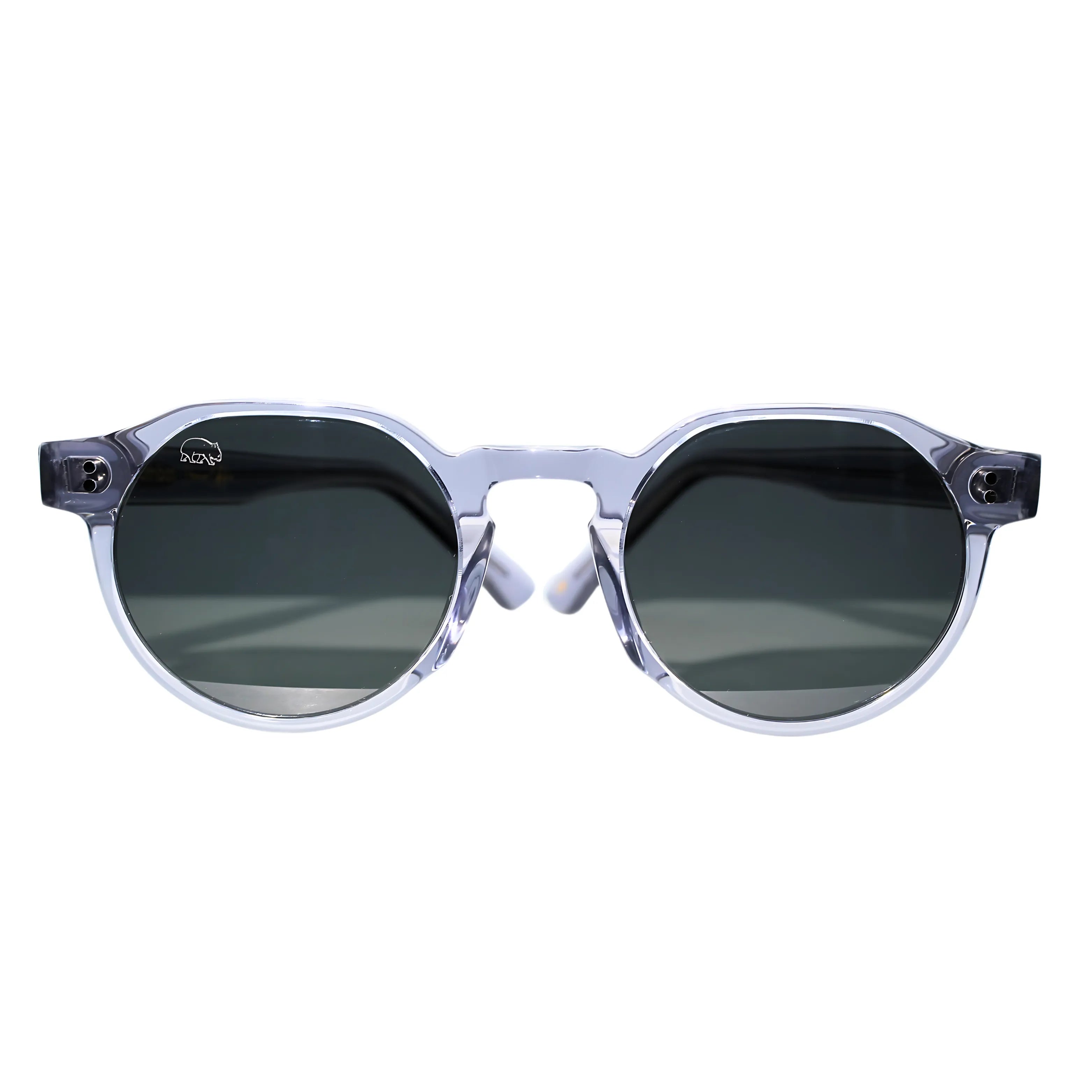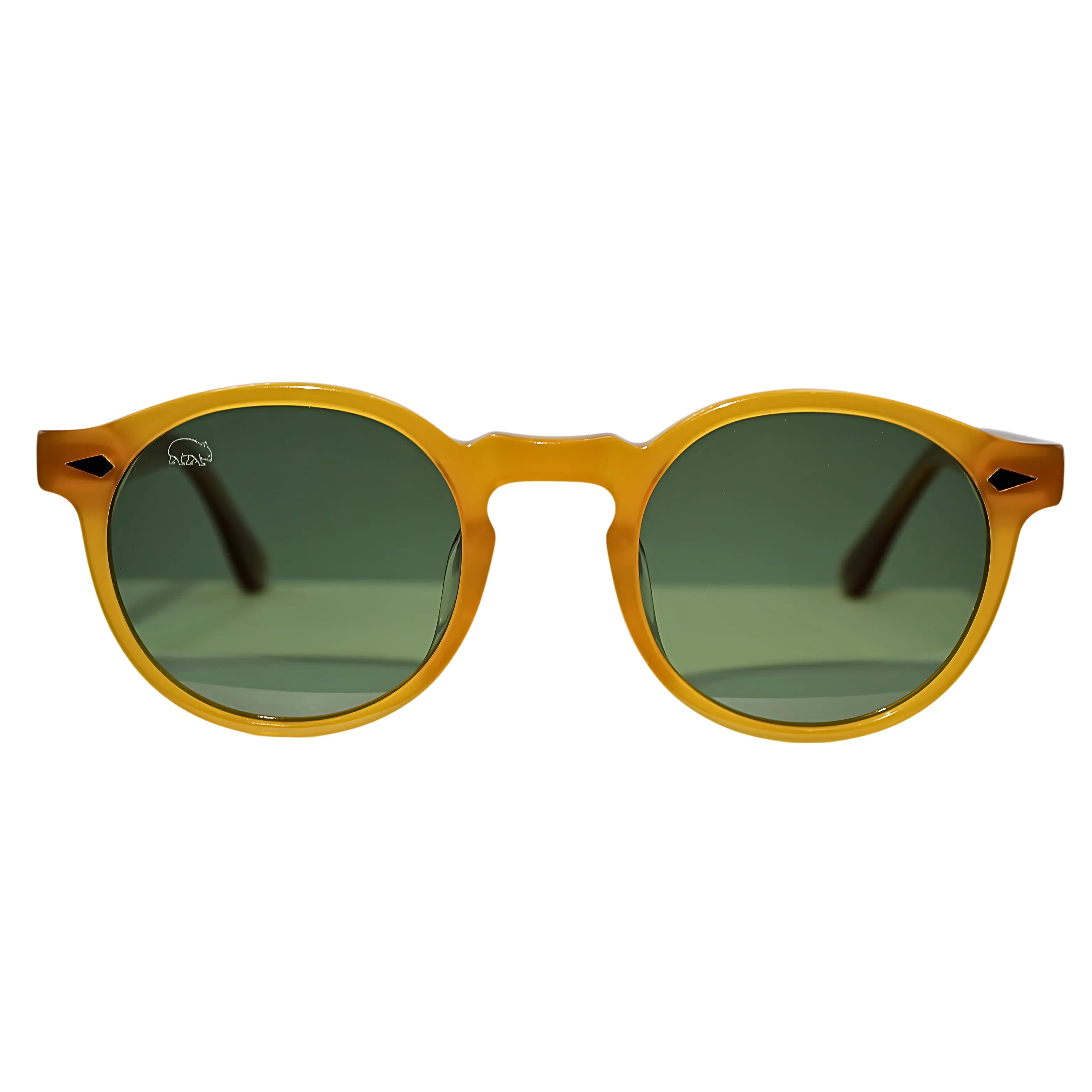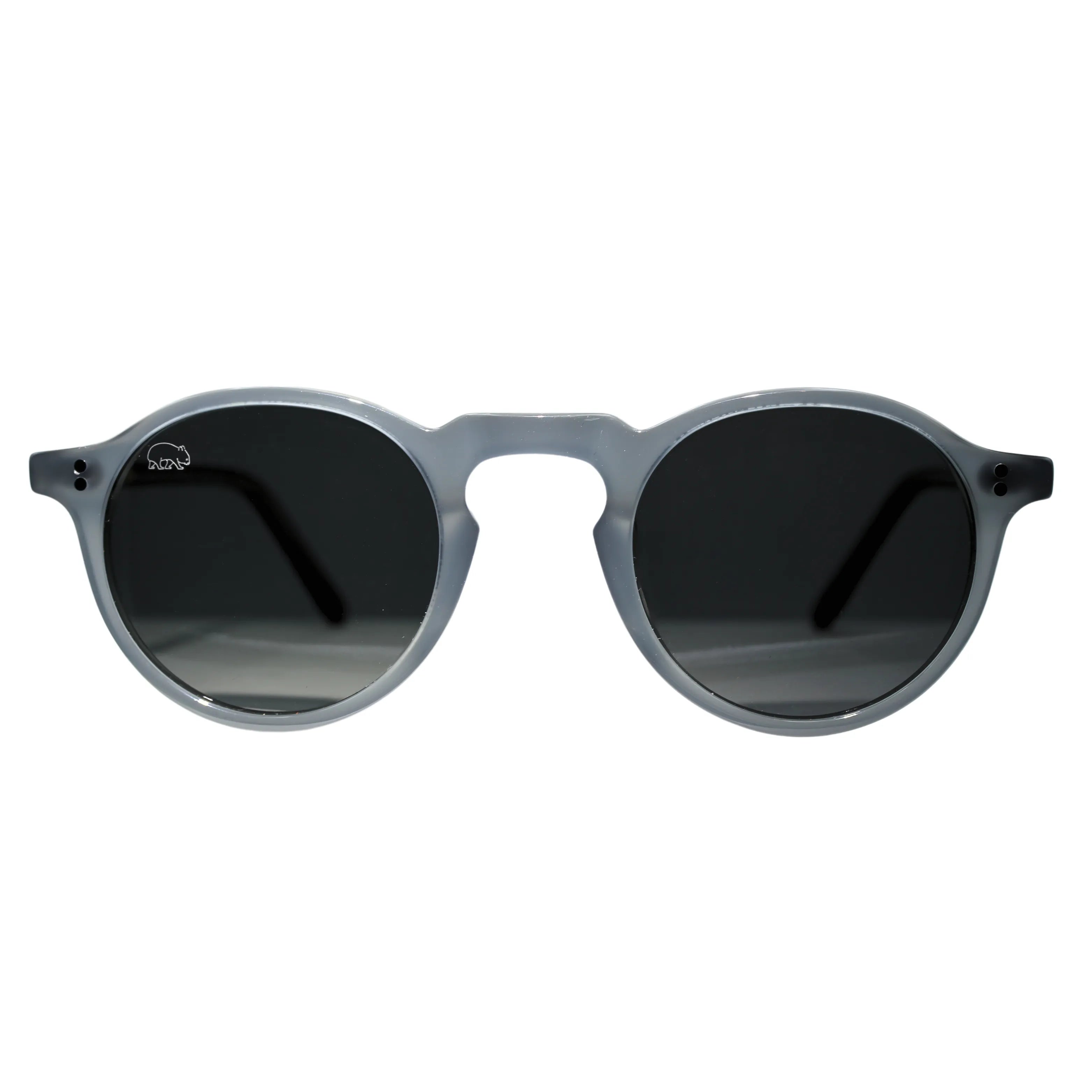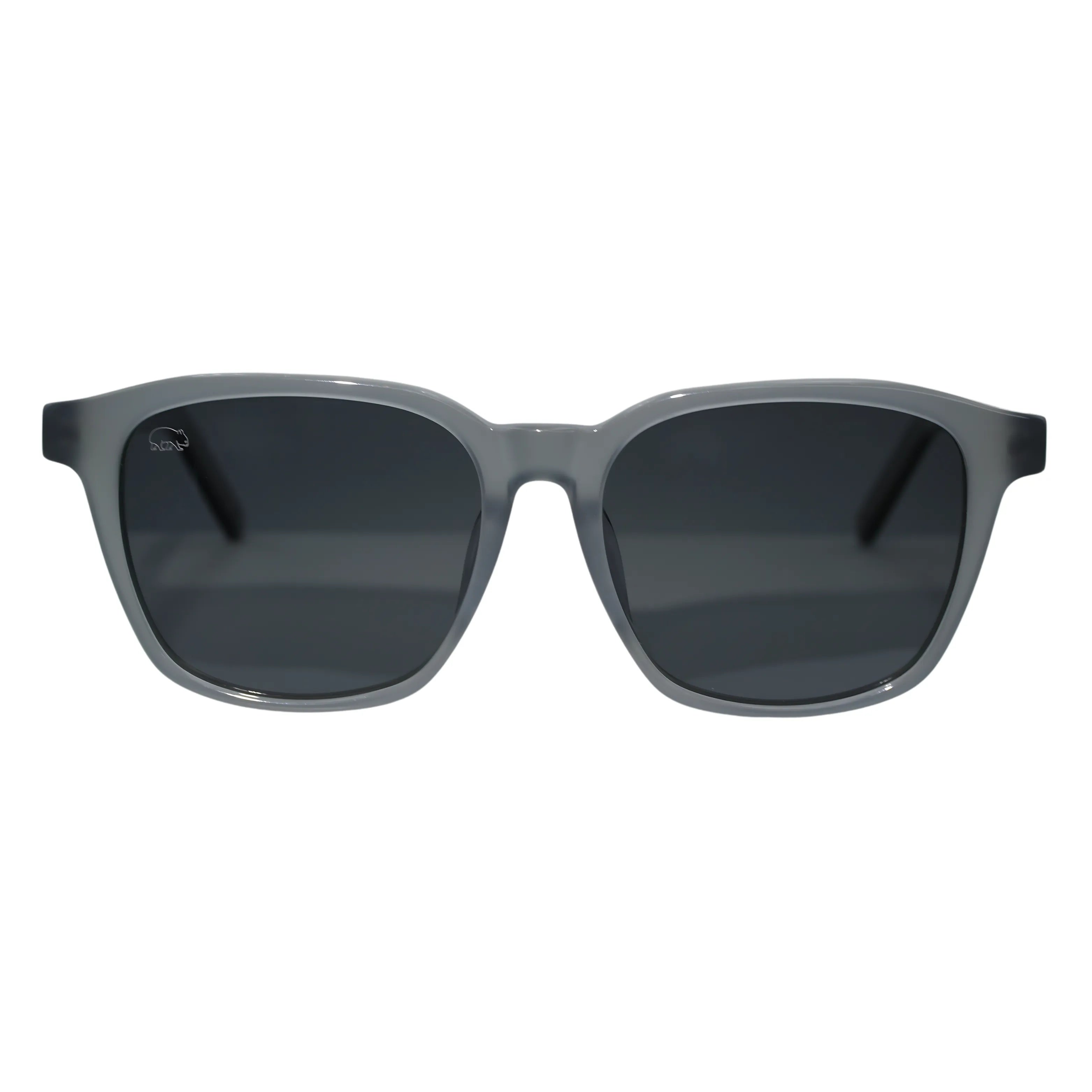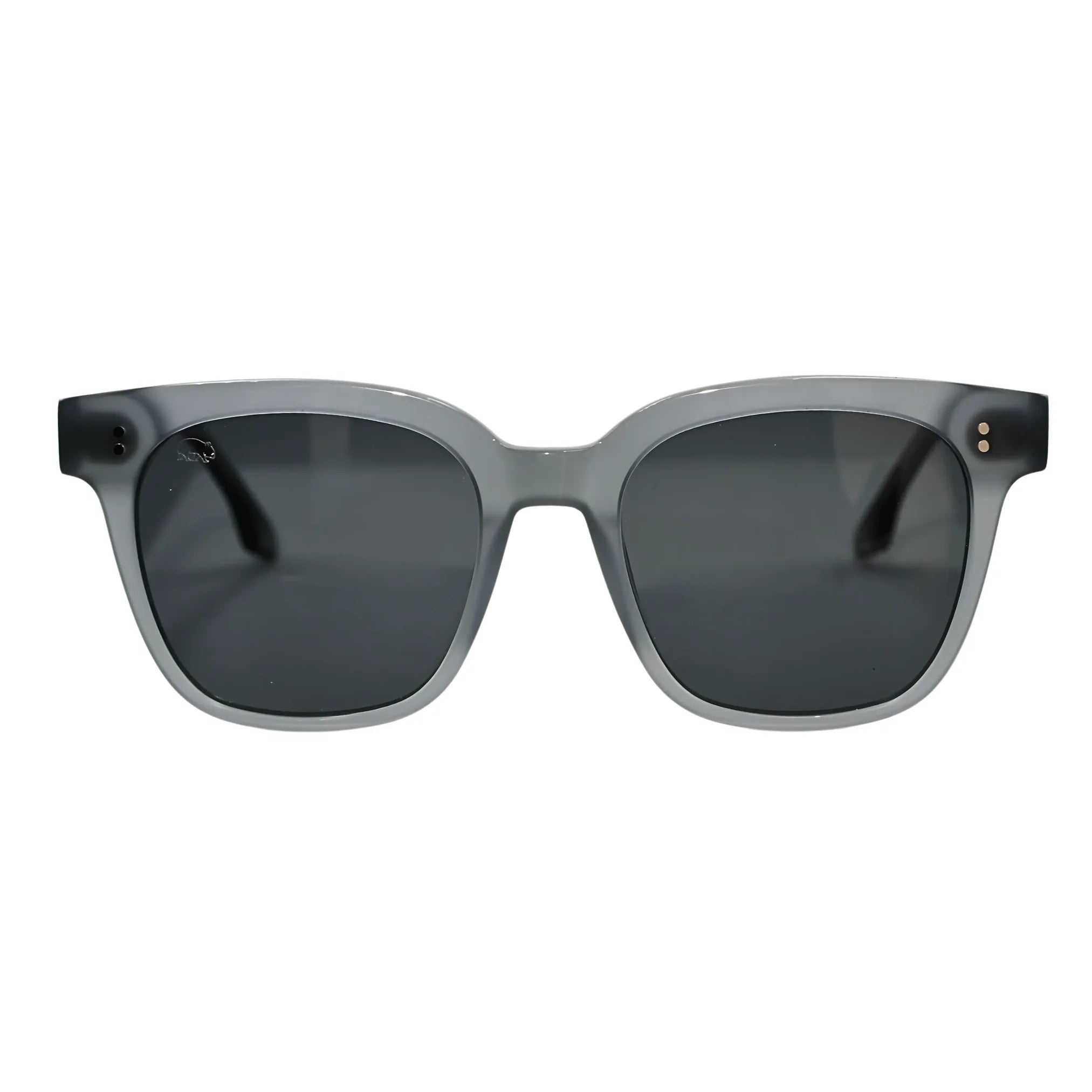
Polarized vs Non-Polarized Sunglasses: Which is the Better one?
When choosing sunglasses, the heated debate between polarized and non-polarized lenses often arises. This article aims to clarify the differences and help you decide which is best for your needs, whether you're at the beach, cycling, skiing, or just dealing with bright sunlight.
What Are Polarized Sunglasses?
Polarized sunglasses not only protect against UV rays but also reduce eye strain by blocking glare from reflective surfaces like water or roads. They improve color perception and visual clarity but offer the same UV protection as non-polarized lenses. These lenses can be made from various materials, including acrylic, TAC, CR39, or mineral glass, and are tinted with hot liquid dyes.
How Do Polarized Lenses Work?
Polarized lenses have a chemical filter that can be applied to the lens surface or sandwiched between layers. This filter has vertically aligned molecules that block horizontally oriented light waves, which cause glare. This makes polarized sunglasses ideal for activities involving extended sun exposure, like driving or water sports.
What Are Non-Polarized Sunglasses?
Non-polarized sunglasses also protect against UV rays but do not reduce glare as polarized lenses do. They are typically less expensive and come in a wider range of colors because they are simpler to manufacture.
UV Protection
Regardless of polarization, the primary function of any sunglasses is to protect against UV light. Sunglasses should be CE marked or UV400 to ensure they block 99-100% of UV light.
Are Polarized Sunglasses Better for Your Eyes?
Polarized lenses reduce glare and eye strain but are not inherently better for UV protection compared to non-polarized lenses. They offer improved visual comfort, especially for long durations in bright conditions.
Advantages of Polarized Sunglasses
- Protection from UV Rays: Both types offer UV protection, which is crucial for eye health.
- Reduced Glare: Polarized lenses significantly reduce glare from surfaces like water, snow, and roads.
- Improved Visual Comfort: They eliminate the need to squint in bright light, reducing eye strain.
- Enhanced Clarity and Contrast: They provide a clearer, more detailed view.
- Better Perception of Depth and Color: They enhance depth perception and color vibrancy.
Disadvantages of Polarized Sunglasses
- Difficulty Seeing LCD Screens: Polarization can interfere with the visibility of screens.
- Reduced Visibility in Low Light: Polarized lenses can further reduce visibility in already low-light conditions.
- Potential Misinterpretation of Snow and Ice: They can make it hard to discern variations in snowy or icy conditions.
- Price: They are generally more expensive.
Advantages of Non-Polarized Sunglasses
- Protection from UV Rays: They also protect against UV rays.
- More Affordable: Typically cheaper than polarized lenses.
- Wider Variety of Tints and Colors: More options for personal style.
- Better Visibility in Low Light: Provide clearer visibility in low-light conditions.
- Unaltered Screen Visibility: Do not interfere with the visibility of screens.
- Suitable for Flying: Preferred by pilots who need clear visibility of instrument panels.
- Versatility: Suitable for various activities where polarized lenses may not be ideal.
Disadvantages of Non-Polarized Sunglasses
- Reduced Glare Reduction: Do not significantly reduce glare, leading to more eye strain.
- Less Effective for Water Sports: Not ideal for activities like fishing or boating due to glare.
- Potentially Higher Eye Strain: Allow more glare to reach the eyes.
- Compromised Clarity: Without glare reduction, vision clarity may be compromised.
Is Polarized Worth the Extra Money?
Polarized sunglasses typically cost about 20 to 30% more. Their primary benefit is reducing glare and visual fatigue, making them worthwhile for prolonged sun exposure in activities like sports, hiking, or driving.
Summary
- Polarized Sunglasses: Block glare, offer UV protection, and cost more.
- Non-Polarized Sunglasses: Provide UV protection without glare reduction, are more affordable, and come in more colors.
FAQ
Should I drive with polarized or non-polarized sunglasses? It depends on the weather. Polarized sunglasses can hide icy patches but are great for reducing glare from snow and low sun. Non-polarized might be better for icy roads.
Why buy non-polarized sunglasses? They are more affordable, offer more color options, do not interfere with screens, and are preferred by those who might experience nausea from polarized lenses.
Why do pilots wear non-polarized sunglasses? They need to see instrument panels clearly, which polarized lenses can obstruct. Green tinted lenses are popular among pilots for their glare-reducing properties.
What can ruin polarized sunglasses? Avoid abrasive materials and harsh chemicals, which can scratch or damage the lenses. High temperatures can also warp the lenses.
How to clean sunglasses properly? Use lukewarm water, mild detergent, and a microfiber cloth. Avoid toothpaste and alcohol-based cleaners.
How to tell if sunglasses are polarized? Hold them up to a digital screen and rotate them. If the screen turns black, the lenses are polarized.
Head to our collection of Polarized sunnies for a wide range of styles and colours.
Just be lekker!

